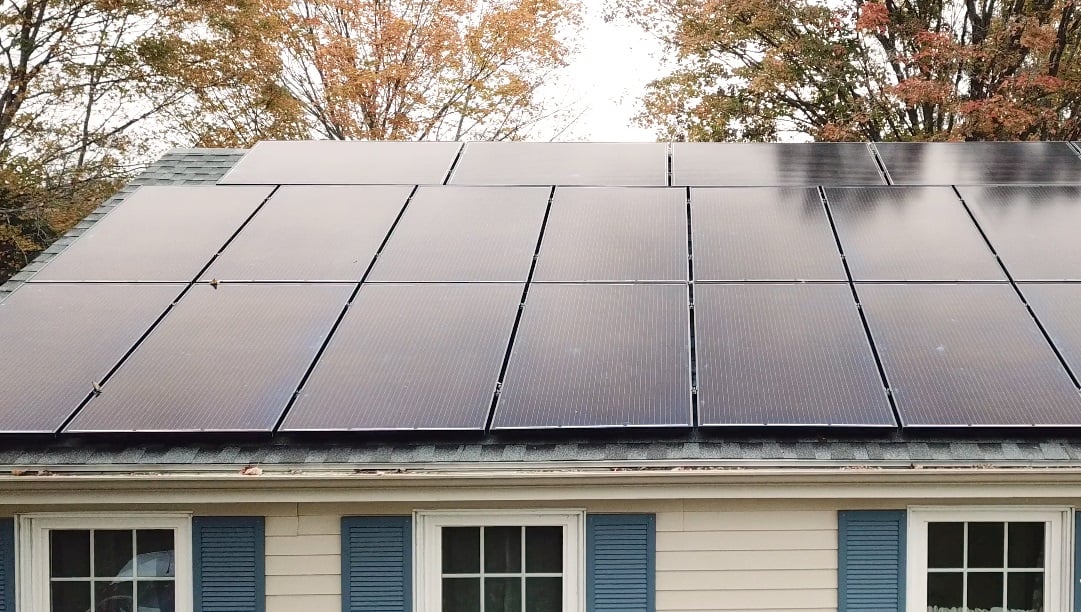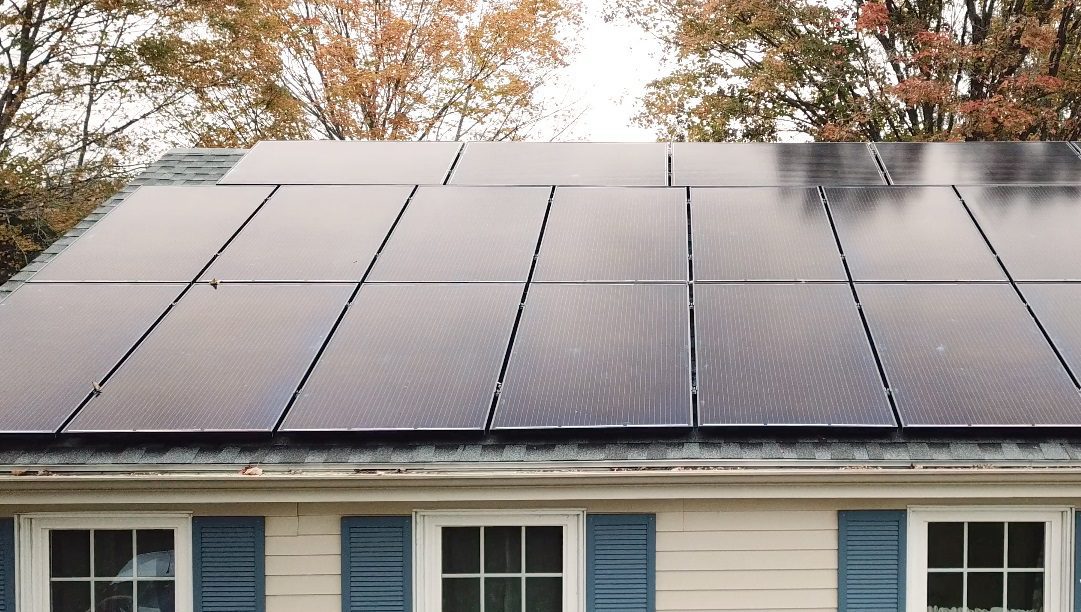
Sunnova also announced that it would provide “monthly servicing” reports to the DOE using the data collected from its platforms, alongside information on greenhouse gas reduction derived from customers installing its solar panels, rather than using electricity generated by fossil fuels.
The use of data in energy management, and the role of virtual replicas of power plants in particular, is nothing new, and developers are increasingly interested in the practice for use in the solar sector, as the need to optimise operations has never been greater as solar makes up a larger percentage of the world’s energy mix.
Sunnova’s leadership is optimistic that implementing more comprehensive data collection at its facilities, and using this data in more innovative ways, will improve the financial returns, and viability, of its products as a whole.
“This is an important step in structured solar investments that will accelerate solar adoption and bring our best-in-class service to more underrepresented customers,” said Robert Lane, executive vice president and chief financial officer at Sunnova, speaking about the potential economic benefits of more data collection and analysis at the company’s projects.
“We expect the Hestia I issuance to generate spreads commensurate with the expected credit uplift and introduce new, investment-grade investors to Sunnova’s long-term strategy.”
Earlier this year, Sunnova announced a fall in earnings in the second quarter of 2023, but the company posted an improvement in revenue of 13.2%, and forecast a growth in its customer base for the remainder of 2023 and beyond.






